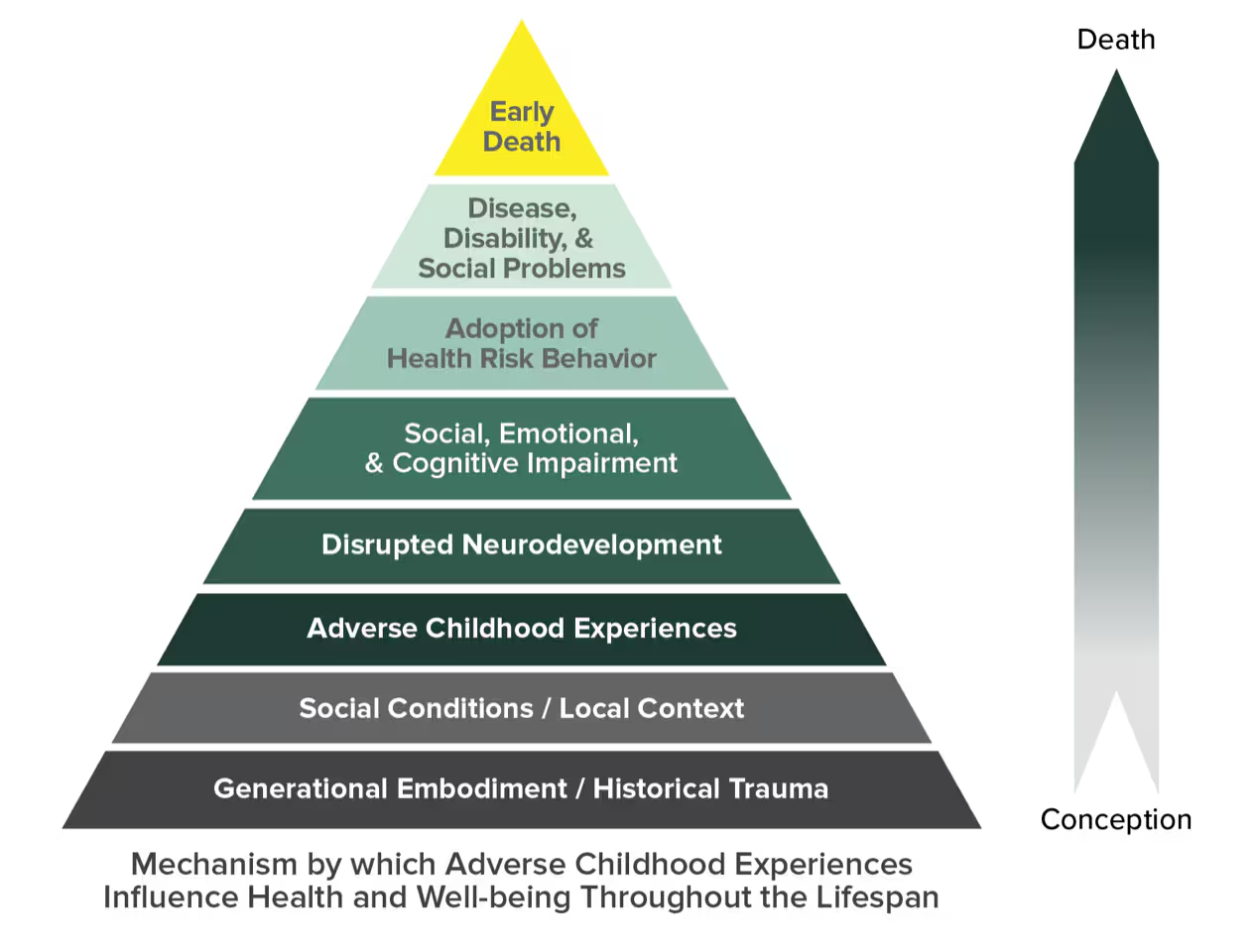During their State of the State addresses in 2022, Governors highlighted the need for increased social, emotional, mental, and behavioral health supports for students and school staff.
By Catherine Van Ness
During their State of the State addresses this year, almost every Governor dedicated time to discussing K-12 education. While there were many new proposals to celebrate, Governors also acknowledged the hardship that the pandemic posed for students and school staff. From mitigation measures to slow the spread of COVID-19 to the subsequent youth mental health crisis, school staff and students have experienced numerous challenges. Increased physical and mental health supports will be necessary to aid efforts to accelerate learning because research has shown that a student experiencing hunger or someone experiencing anxiety is likely to struggle with focusing on schoolwork. A more comprehensive approach is gaining traction as states shape their post-pandemic education strategies.
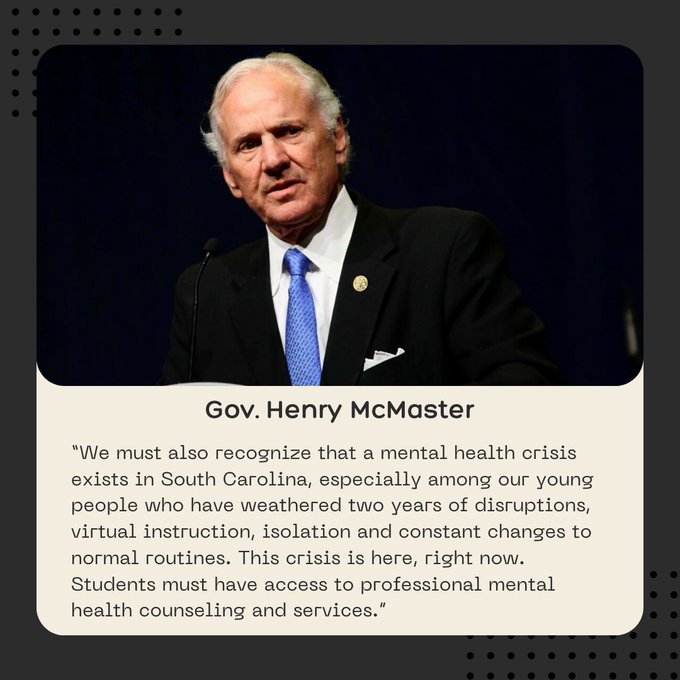
When it comes to physical health, pandemic mitigation measures were a central focus of education leaders over the past two years. Schools were central distribution centers for face masks, rapid tests, and vaccines when they became available. During the pandemic, educators received personal protective equipment and navigated frequent changes to public health guidance. This example of cross-agency coordination between state education and health agencies during the pandemic highlights a theme that arose during NGA’s policy academy on Student, Family and School Staff Well-being.
Another pillar of physical health supported by schools is food security. During the pandemic, flexibility was provided so that schools could deliver meals to students at home or provide more than one meal at a time for pick-up. As that flexibility was due to expire, some states, like California and Nevada, moved to allow and fund expanded or universal school meals themselves.
As outlined in an advisory from the U.S. Surgeon General, mental health is central to overall health, and the pandemic exacerbated challenges that youth faced, making addressing youth mental health an immediate, critical priority. This crisis is illustrated by the fact that compared to pre-pandemic data from 2019, adolescent emergency department visits related to mental health increased about 31 percent in 2020.
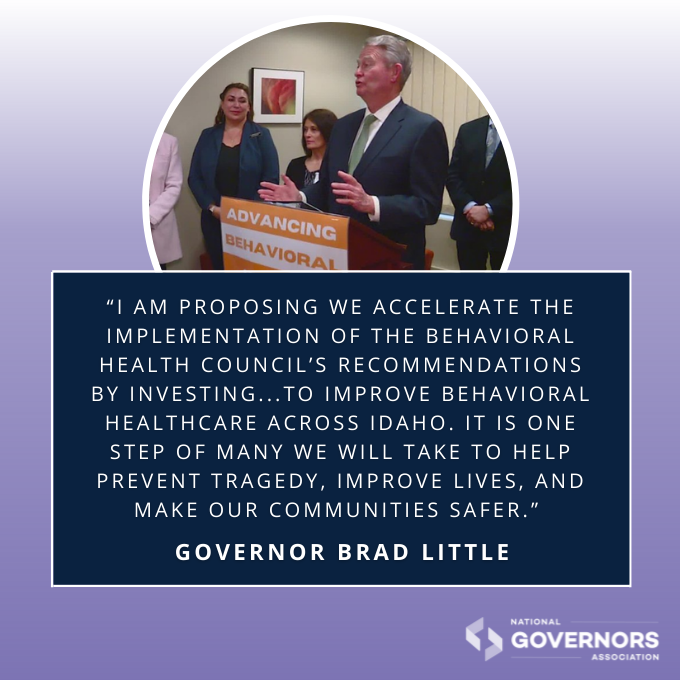
Serving students holistically is foundational to their academic success and especially critical for efforts to re-engage students who were chronically absent during the past two years. One recent trend in state legislative action across the country includes expanding the definition of excused school absences to include mental and behavioral health. Another theme that emerged from the work of the states participating in NGA’s Student, Family and School Staff Well-being Policy Academy, is schools’ engagement of students, parents, families, and communities. Family-school engagement can provide a window into students’ holistic needs and is a partnership central to their success.
A perennial challenge to serving school staff and students’ mental health needs is staffing shortages, and many states need to utilize a multi-pronged approach to address this challenge. Many states increased funding for schools to support more school-based positions for mental health professionals and engaged a complementary strategy of support and incentives for the pipeline of young adults looking to enter this field.
Of the Governors who provided State of the State addresses in 2022, at least 23 mentioned student and/or school staff wellness, including pandemic mitigation measures, school meals, mental health services, and staffing supports.
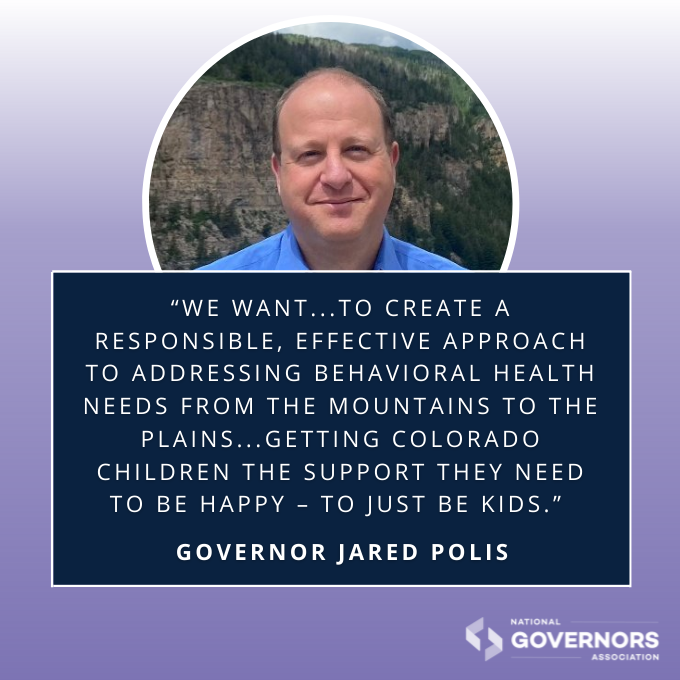
Addressing the physical health needs of students and staff during the pandemic, Kentucky Governor Andy Beshear thanked the First Lady and the individuals and business that donated to the Coverings for Kids initiative that provided masks to students returning to in-person learning. Illinois Governor J.B. Pritzker celebrated the state’s innovative approach to safely continue in-person learning with the “test-to-stay” model that was later adopted and included in the CDC’s national guidance. Maine Governor Janet Mills proposed funding for free meals to be provided for students in all public schools.
Dedicating a section of his State of the State address to mental health, Ohio Governor Mike DeWine highlighted the OhioRISE program and the expansion of school-based mental health services. The Ohio Student Wellness and Success fund, implemented in 2019, laid a strong foundation for this work by providing funding to schools to expand mental health services, partner with local health care providers, and address the social, emotional and academic needs of students. Minnesota Governor Tim Walz emphasized the importance of creating healthy schools, including having more counselors and mental health professionals in school buildings. New Hampshire Governor Chris Sununu had a concrete suggestion for providing quick access to resources by adding the phone number of the National Suicide Prevention Lifeline to student ID cards.
Highlighting a more holistic educational model, West Virginia Governor Jim Justice announced the continued funding of Communities in Schools, which provides wraparound supports at school locations and focuses on strengthening relationships between students and school staff. In his State of the State address, Wisconsin Governor Tony Evers announced the new Get Kids Ahead initiative, which will provide $15 million to schools to support the development of a comprehensive school mental health system. This opportunity, available to all school districts, will provide the financial resources needed to hire mental health professionals and to provide trauma-informed training to school staff. Vermont Governor Phil Scott announced that $285 million will be dedicated to addressing social, emotional, and academic gaps for students across the state.
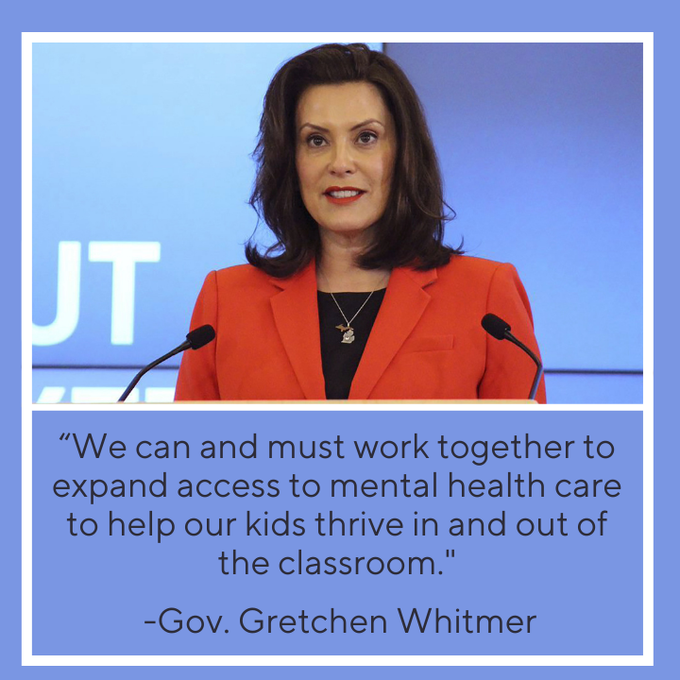
In her State of the State address, Michigan Governor Gretchen Whitmer emphasized that increased funding would help schools hire more critical staff to support students’ physical and mental health needs, such as nurses, counselors, and social workers. In her annual budget proposal, Governor Whitmer proposed a significant increase in education funding, including“$361 million for student mental health to ensure students with mental health needs can be identified and provided with the right supports. Washington Governor Jay Inslee emphasized the need to improve access to professional mental health services for youth across the state. During his State of the State address, Governor Inslee announced an investment of $900 million to help schools address students’ needs, including through hiring school counselors, psychologists, and social workers.
NGA looks forward to continuing to support Governors’ offices on these important topics, including those participating in our current Student, Family and School Staff Well-being project.


